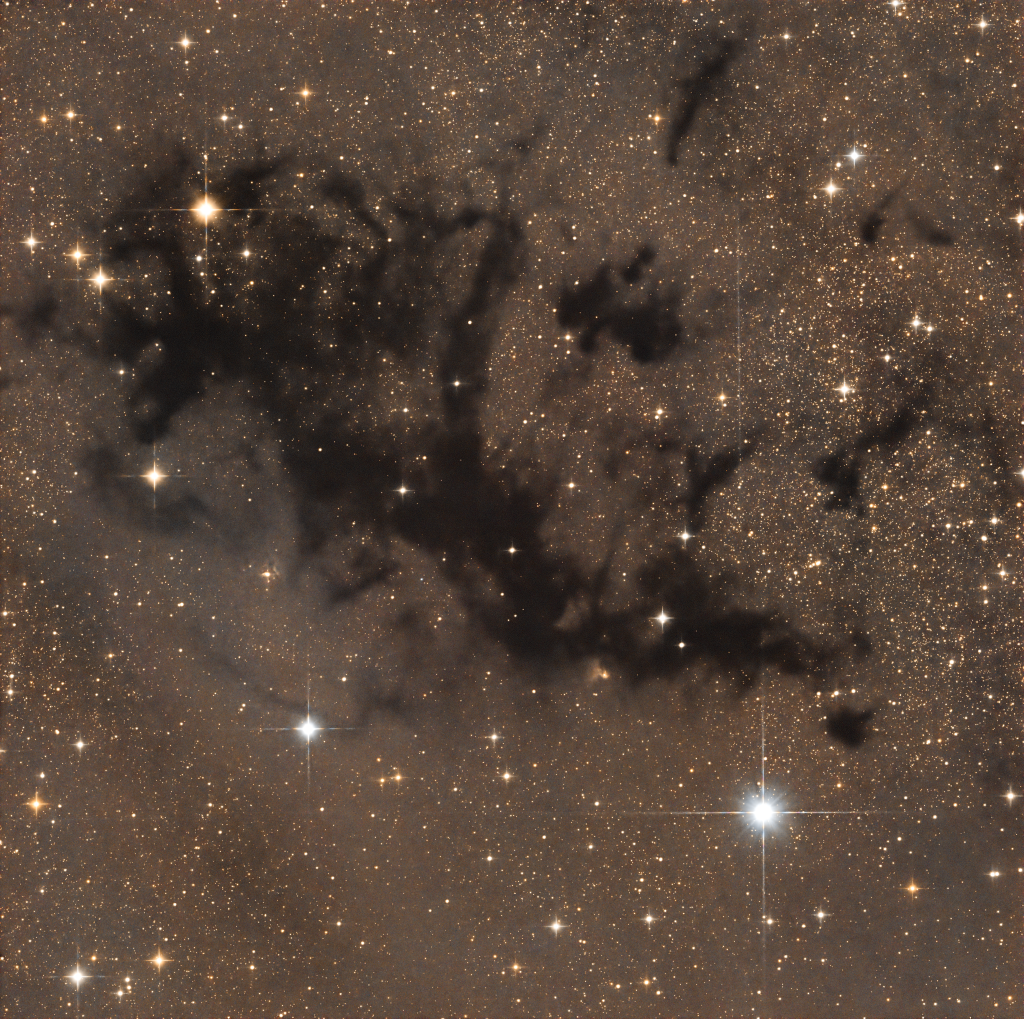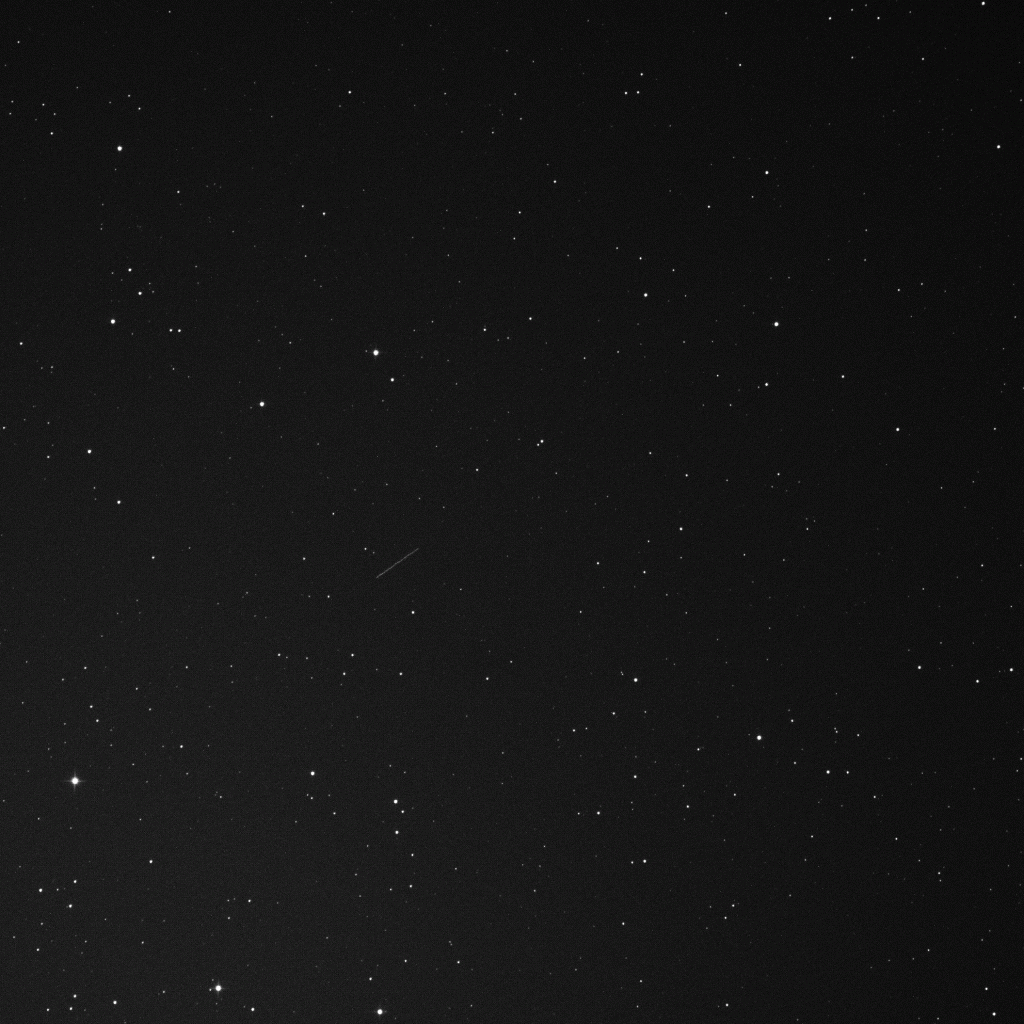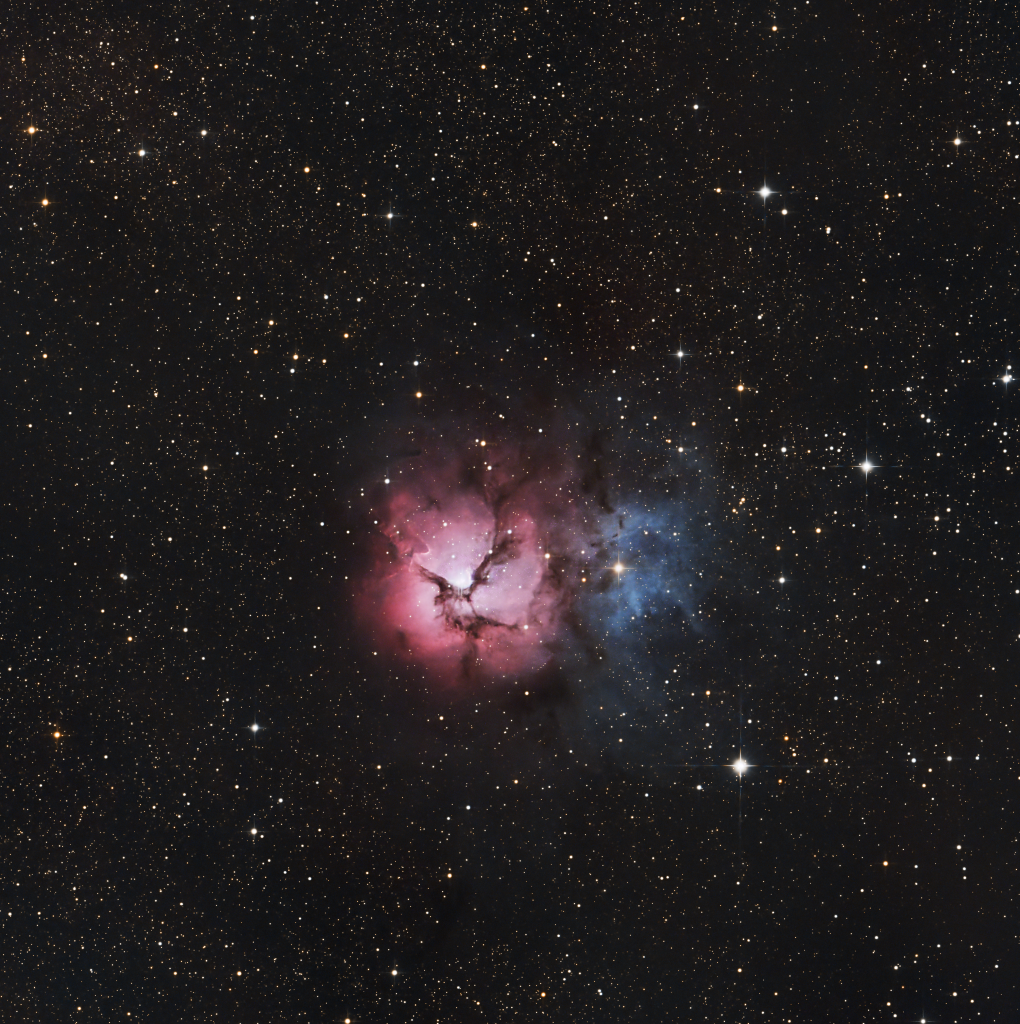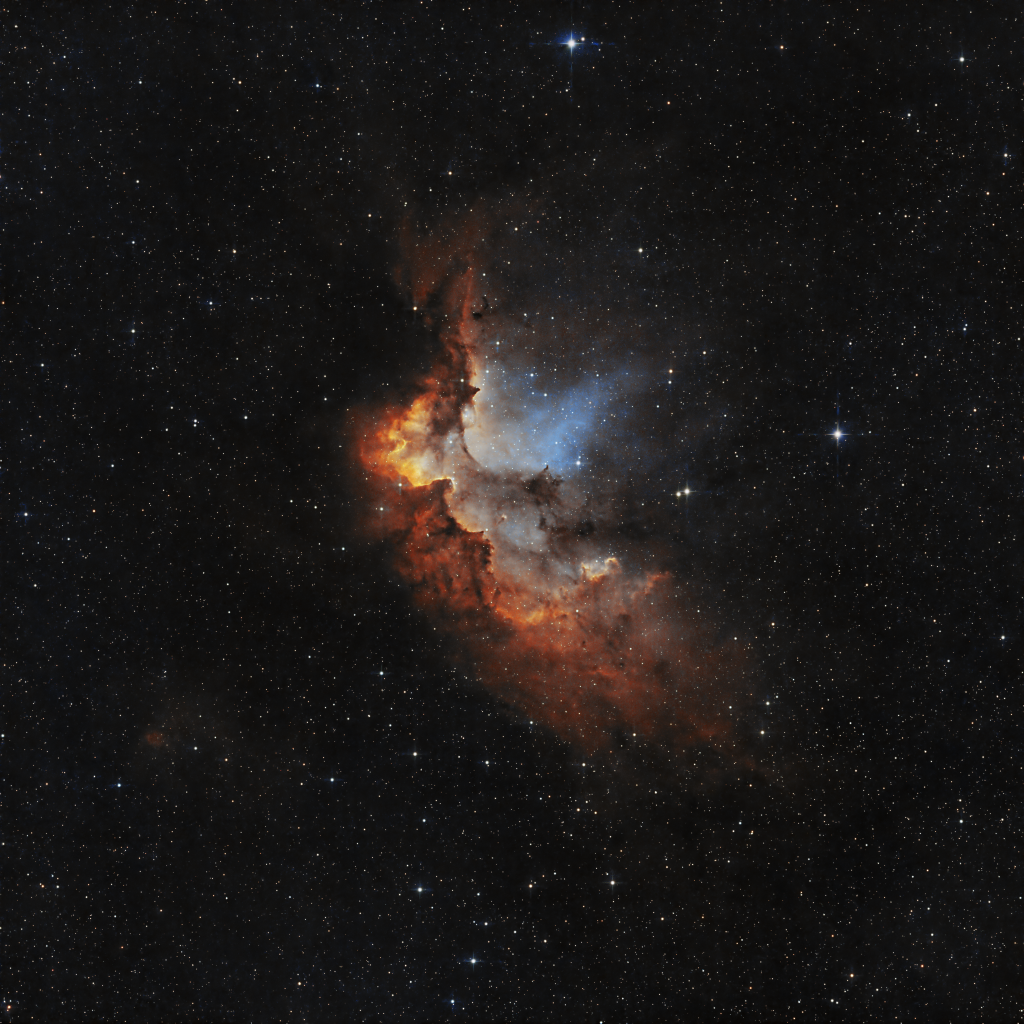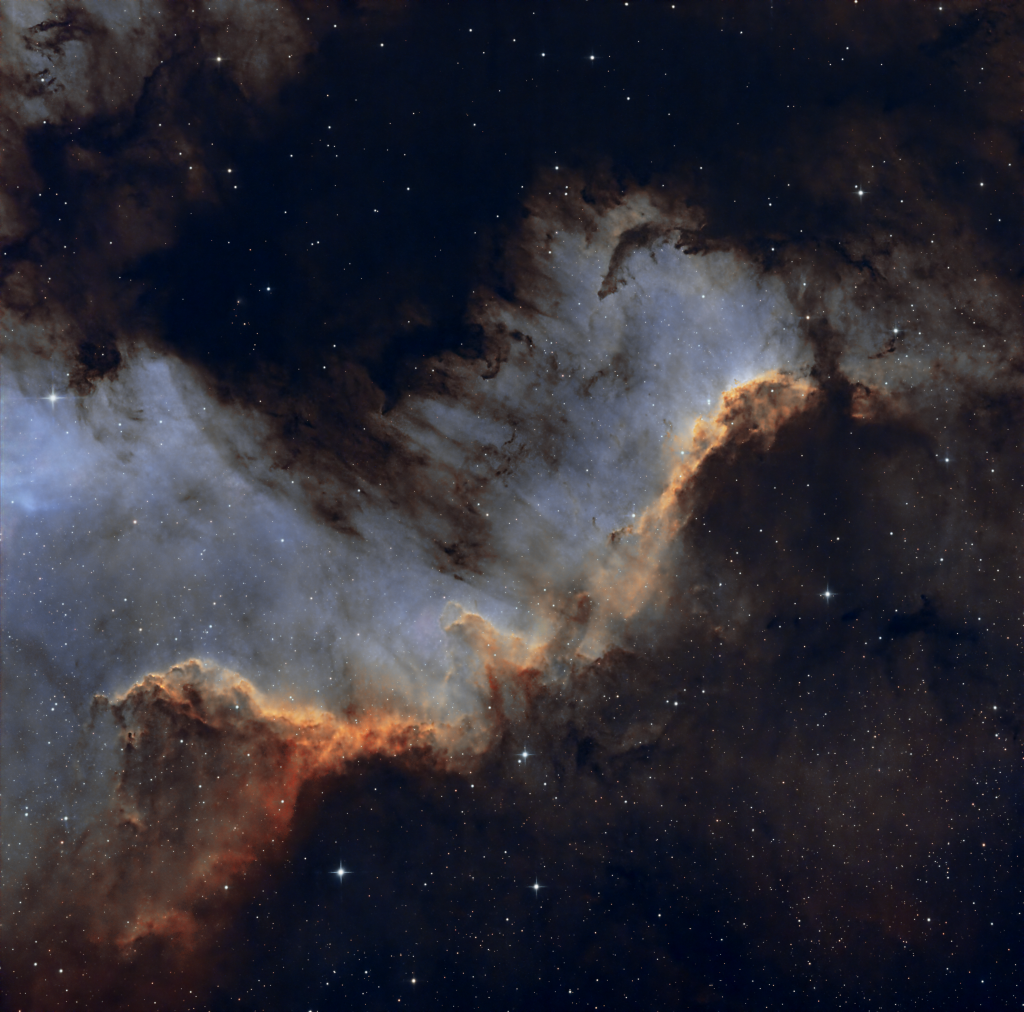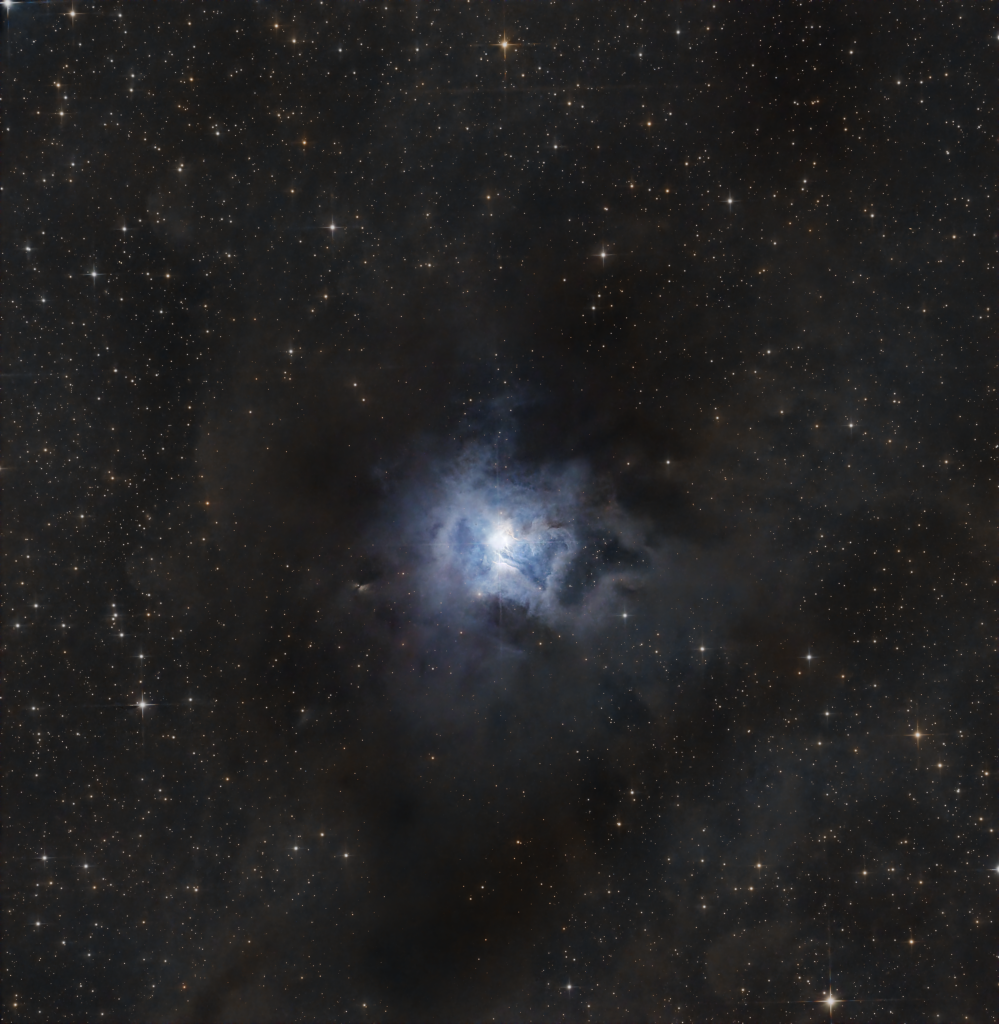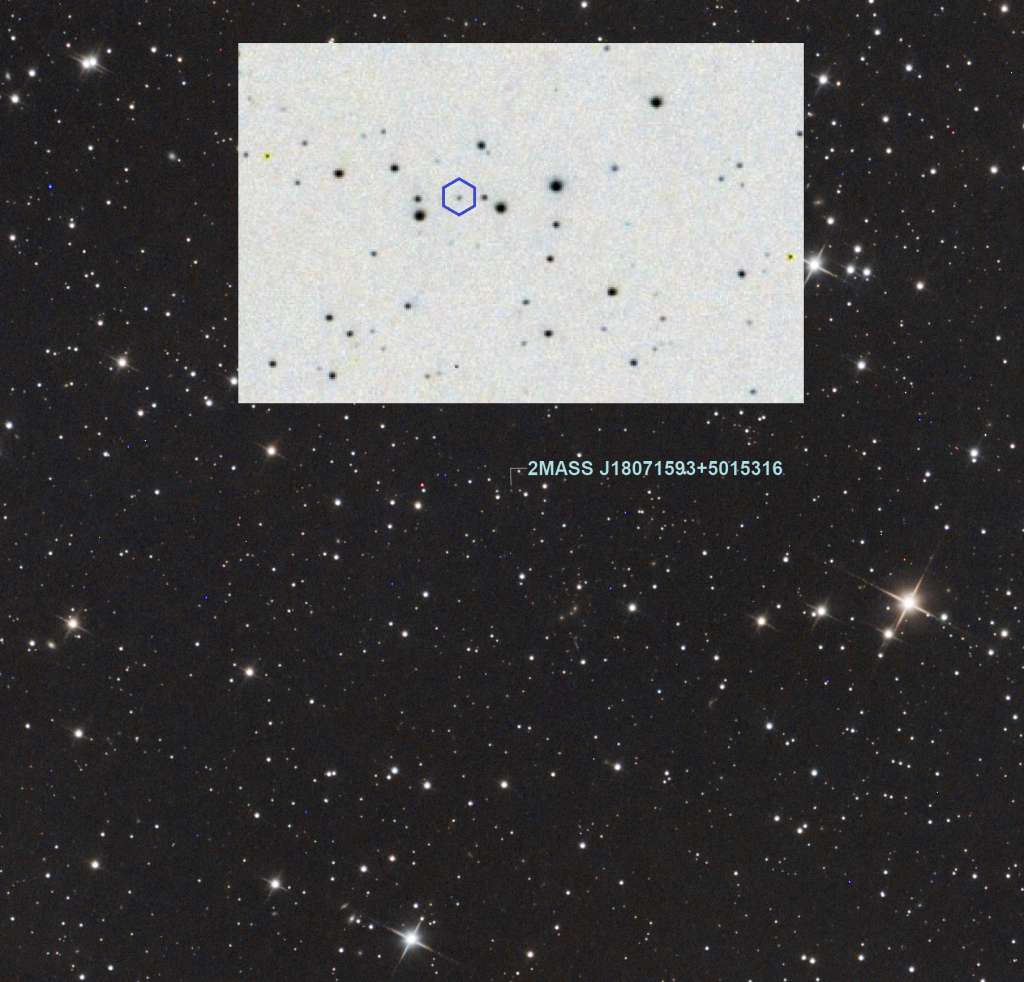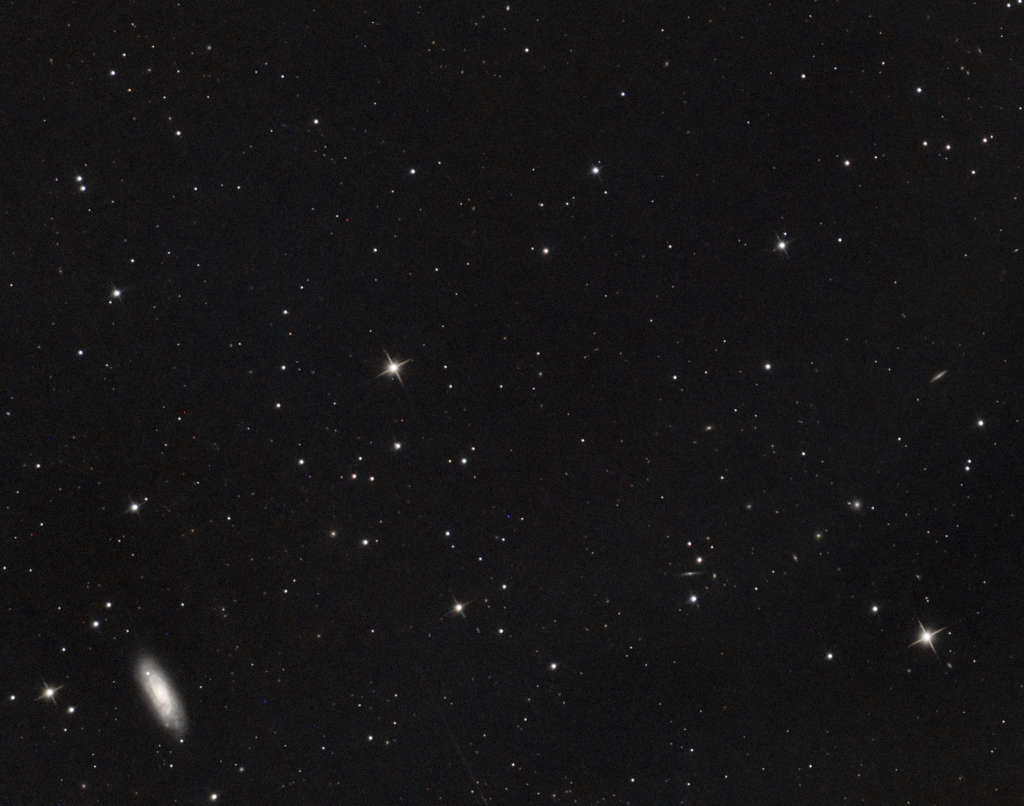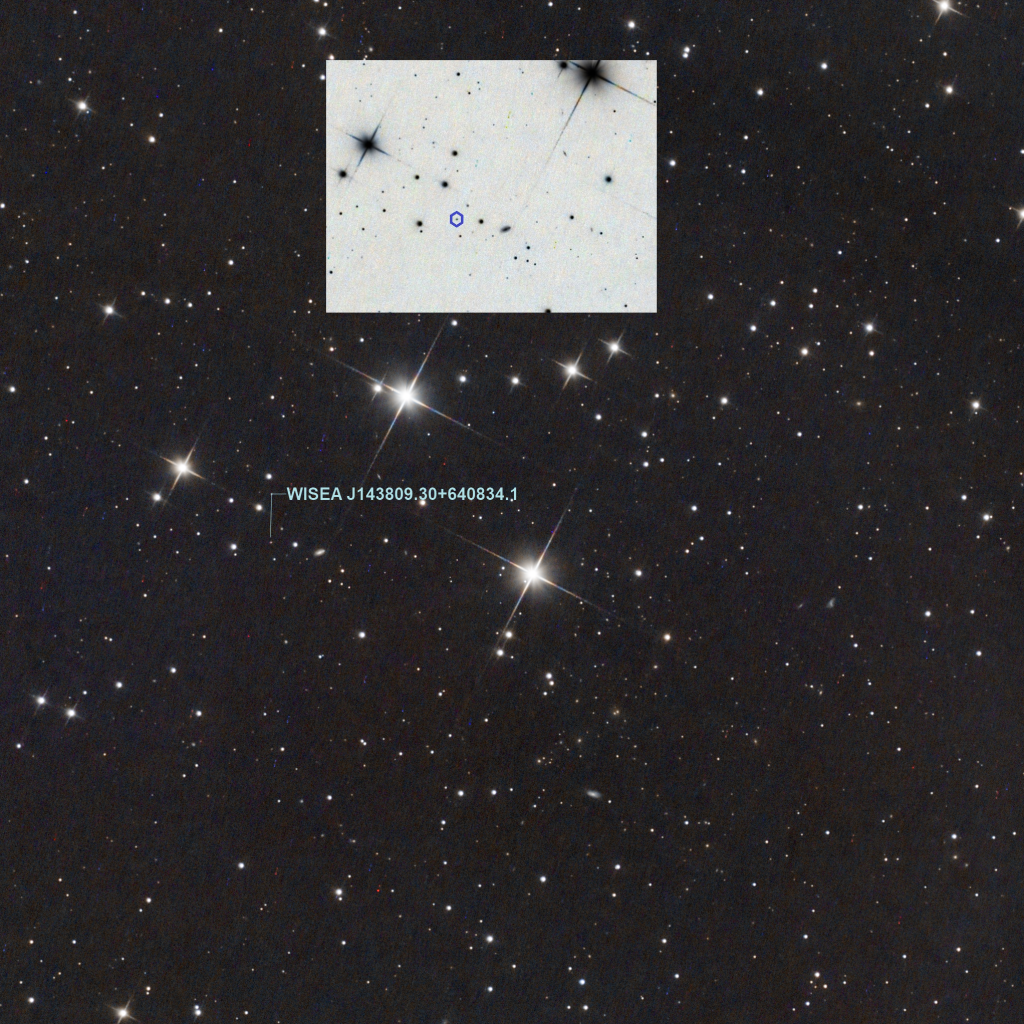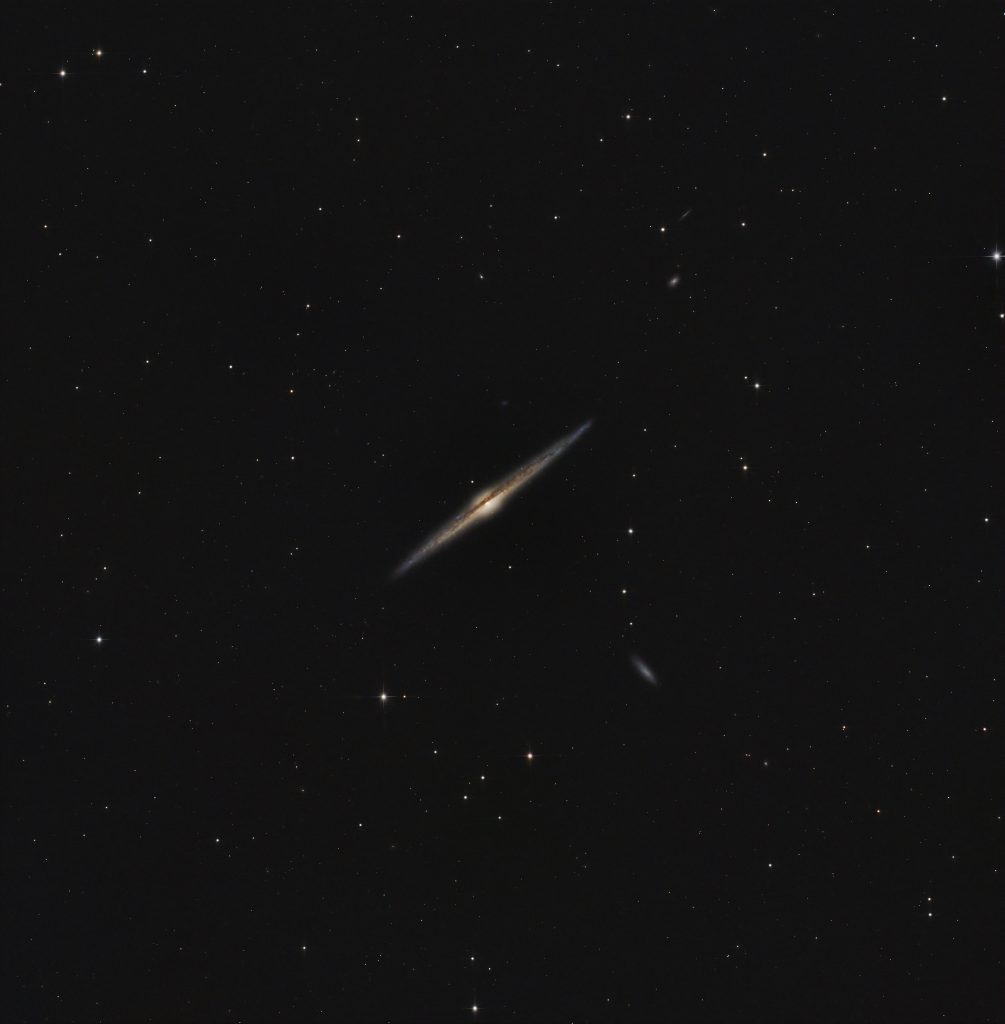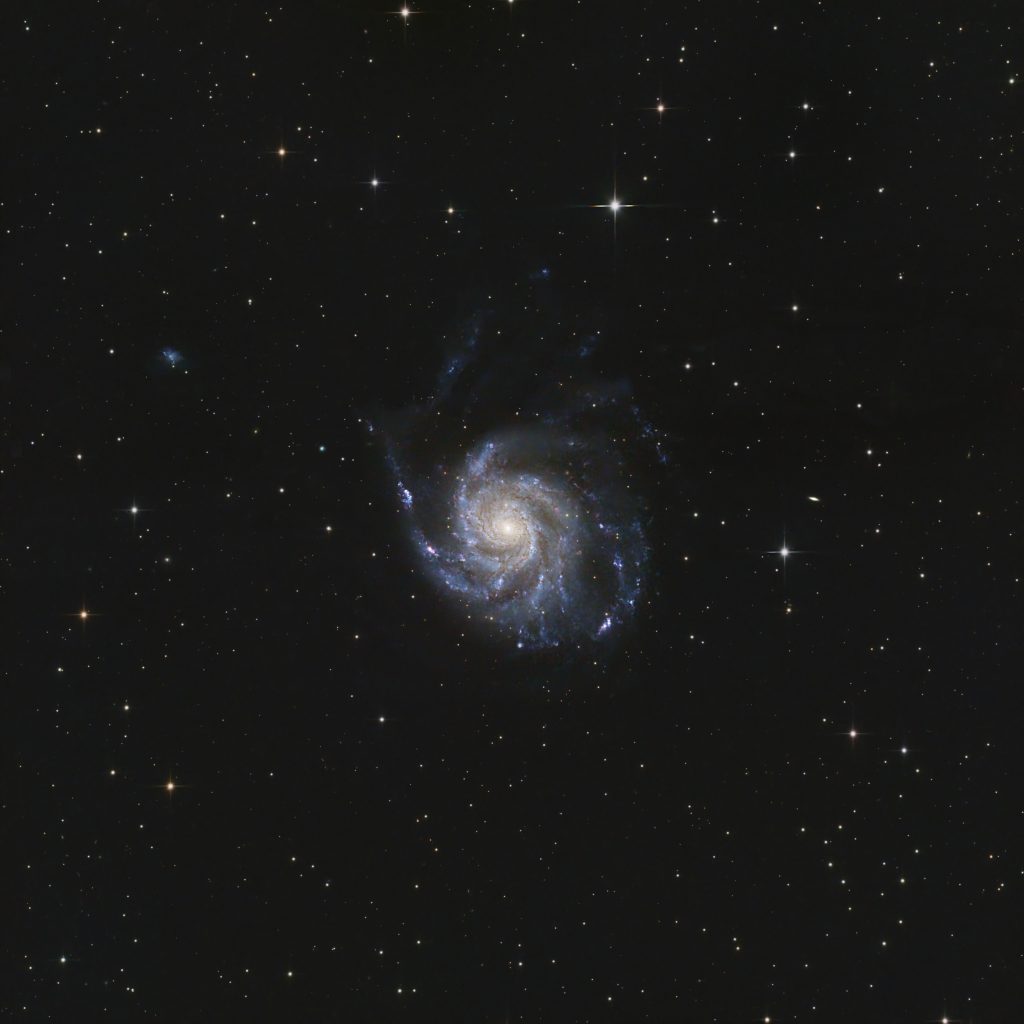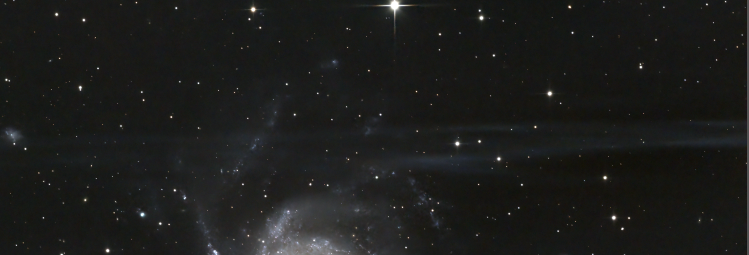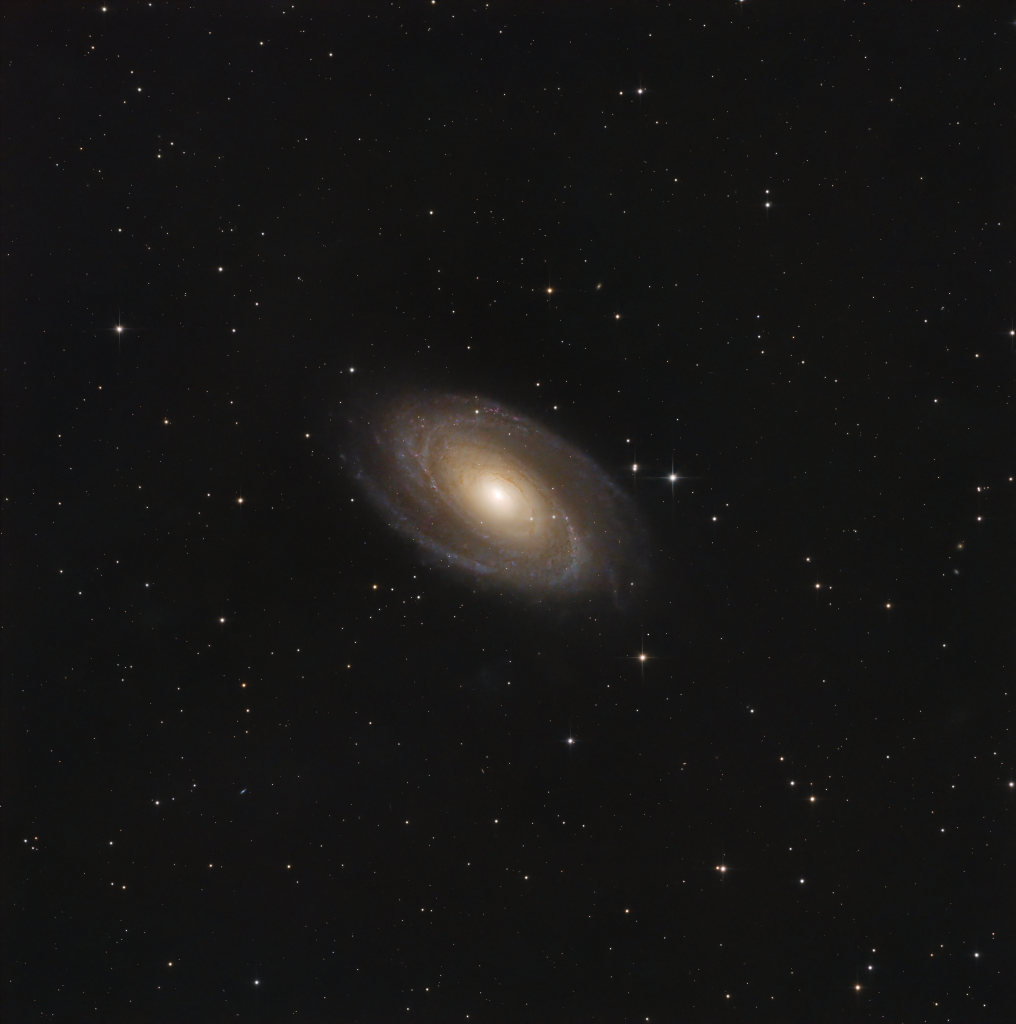Nautical darkness
The nights are getting longer again. We now have nautical dark around 10 PM till 3.40 AM which means I can capture a lot of data in a clear night. I shot 3 objects recently. The Swan Nebula, NGC7822 and The Crescent Nebula.
The Swan Nebula is a star forming region low in the southern sky and I was only able to get 1 hour of integration time on it, but it’s enough to make it pop. NGC7822 is a huge object and I tried to focus on the core of the region but had to deal with a lot of noise due to some high clouds. The Crescent is a familiar object, it’s easy to shoot and very bright but I decided to go at it again because I never shot it with my Antlia filter.
I will probably go for a few more familiar objects in the next sessions before I go back to more challenging targets.
In the meantime I’m also figuring out my observatory project and the possibility of adding a 200mm lens to my equipment to shoot those bigger fall nebula targets. We’ll see.
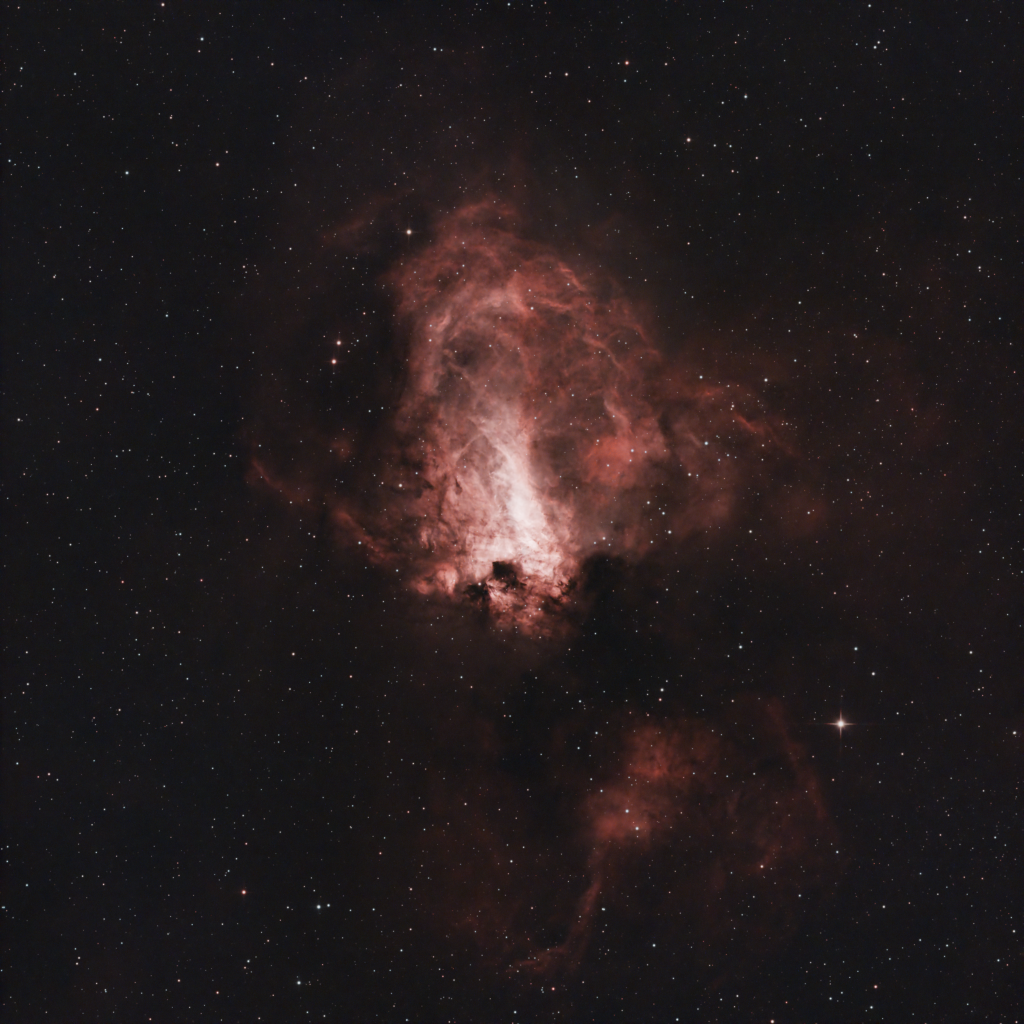
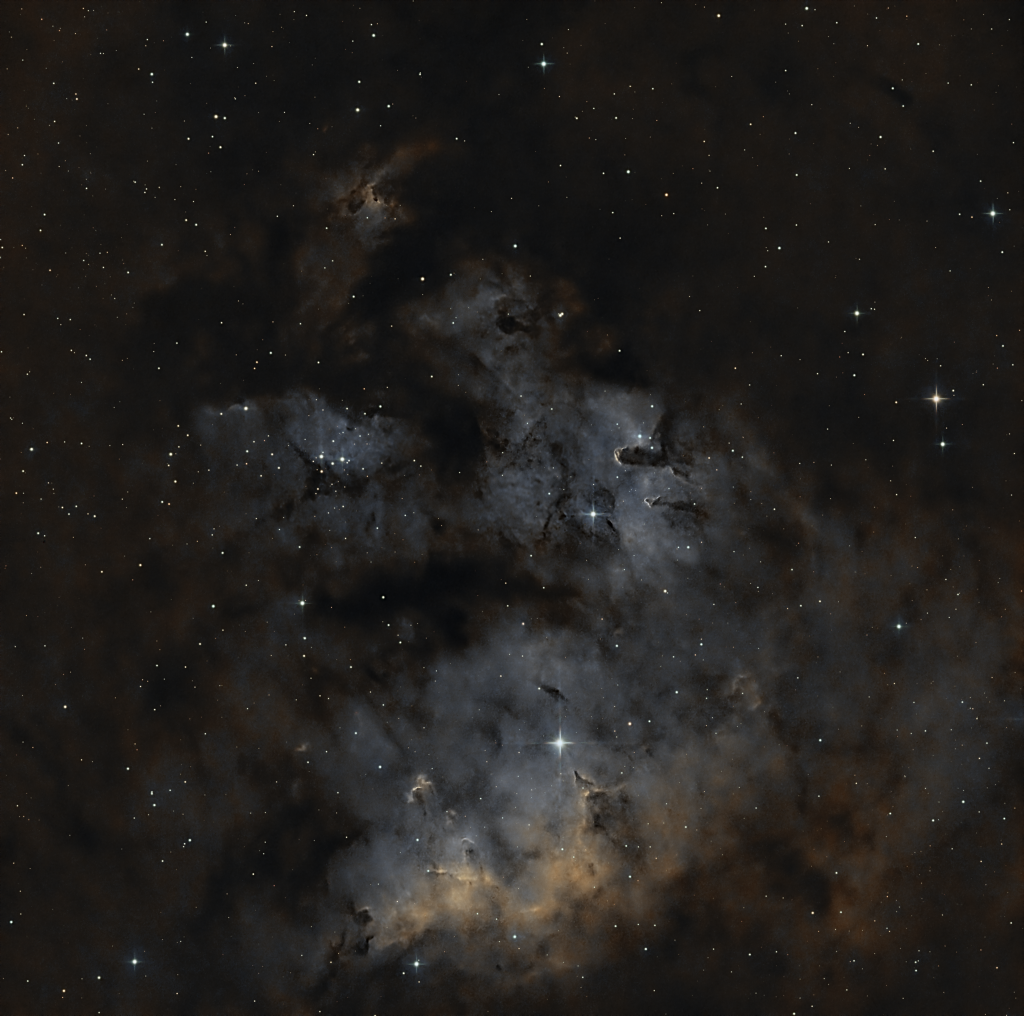
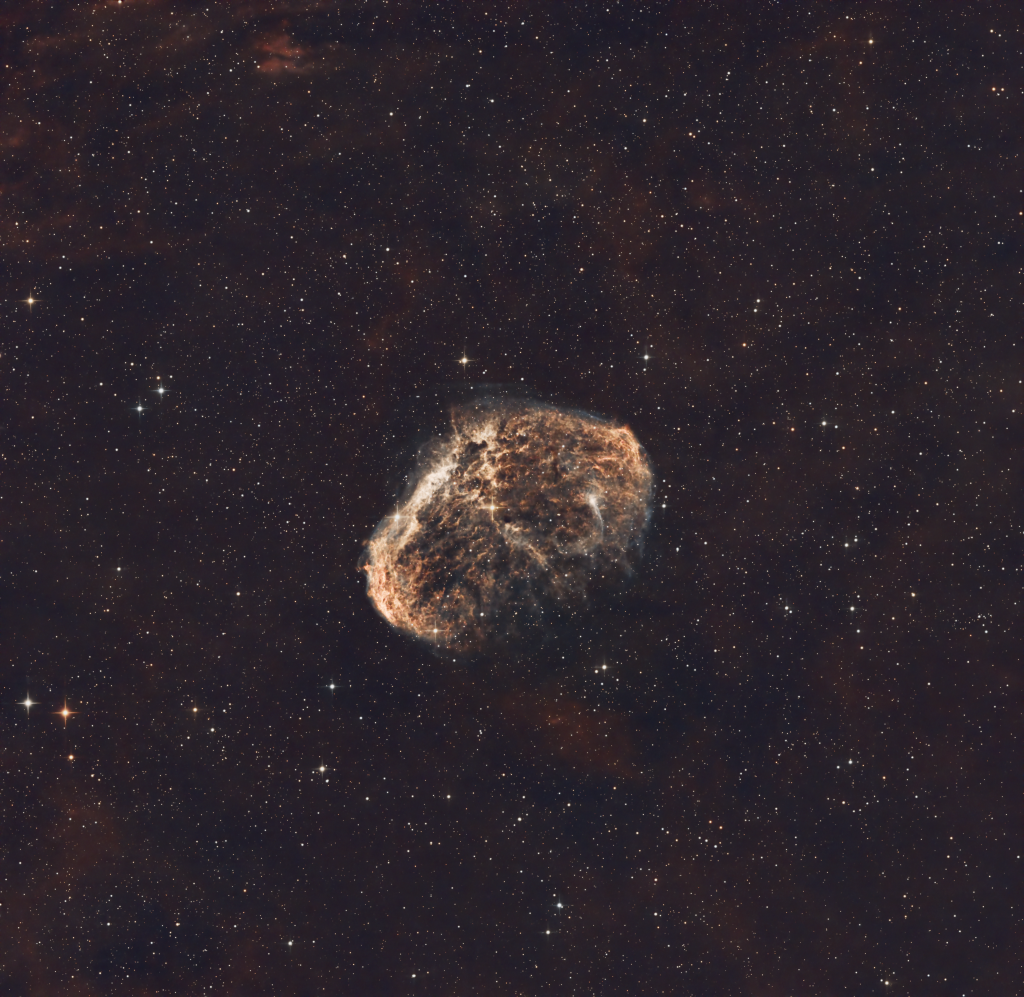
To make my journal a bit more accessible I’ve linked my image gallery directly with my instagram account. You don’t need an account to browse it, you can click on every image and it will load the description.
